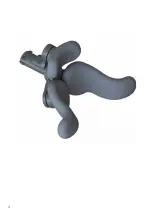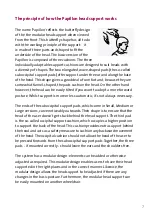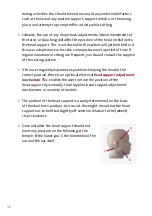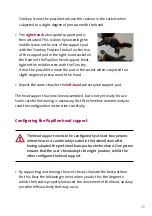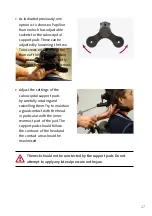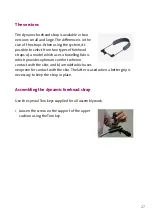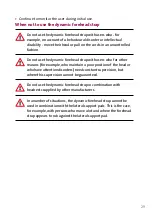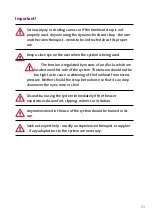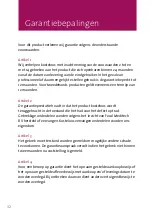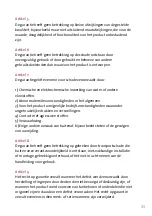
18
Good
Incorrect
•
Ensure that the join (on the
inside) between the two
suboccipital support pads is
smooth and even. The two pads
should be flush with each other
and not overlap. If not, the head
support will not be comfortable and pressure points may develop.
•
Slide the support for the upper
cushion, including the upper
support cushion, gently forwards
and find the support that best
fits the natural form of the
back of the head. Do not push
this support cushion forward
too much – contact with the
suboccipital support pads
(mounted underneath this) may
otherwise be lost.
•
Once the support cushions/pads have been positioned correctly, the
screws need to be carefully tightened. Make sure that the support
cushions stay in place when you do this.
•
Pay close attention to the body posture of the user and to the position of
the head in a forward and lateral direction. Check the following:
•
Is the head support still in the same position as it was when it was
initially set by hand?
•
Does the user feel the problem has been solved?
•
Is the head sufficiently in balance?
•
Does the head continuously have to resist the forces of gravity?
•
Is there a risk of the user’s head getting stuck behind the head support,
without the user being able to correct this? If necessary, the Papillon
S or L suboccipital support pads should be used. By getting these to
point outwards, it’s possible to prevent the head sliding behind the
head support.

